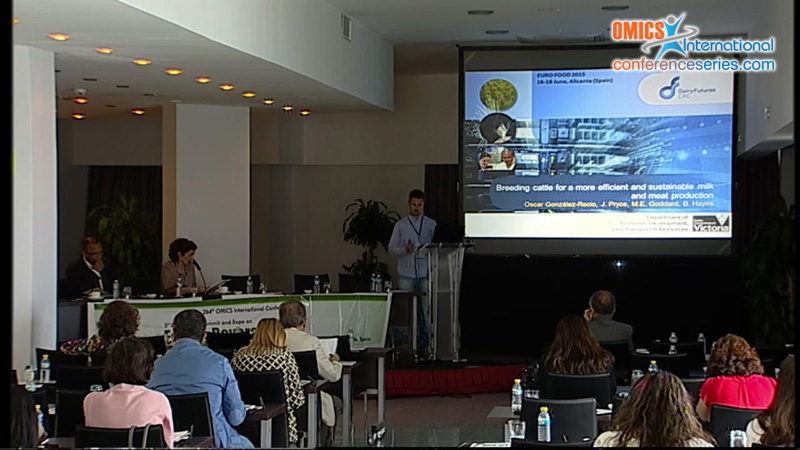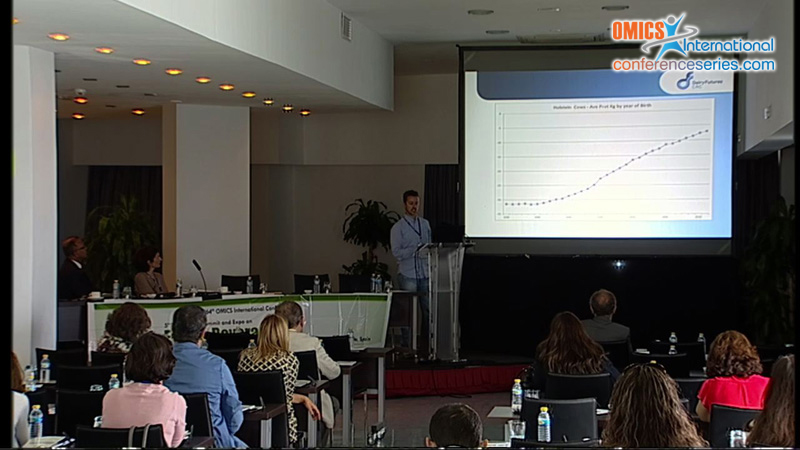
Oscar González-Recio
National Institute for Agricultural and Food Research
Spain
Title: Breeding cattle for a more efficient and sustainable milk and meat production
Biography
Biography: Oscar González-Recio
Abstract
In the coming future it was predicted that the human population growth increases (United Nation 2010) which means that dairy and beef industries will face the challenge of competing for grain and feed resources with other livestock industries, human consumption and biofuel production. At the same time global wealth is increasing, fueling a rapid global increase in demand for high value protein including dairy products. Improved cow feed efficiency is important for dairy industries to both remain competitive and to meet projected demands with constrained resources. Furthermore, feed efficiency of dairy cows has a considerable impact on the profitability of dairy farms as feed represents around 50% of total farm costs. Recognition of the importance of feed efficiency in the dairy industry has resulted in large scale global efforts to improve this trait. Measuring feed efficiency is expensive and needs of experimental farms and complex designs. This trait is not routinely recorded in farms and breeding programs have used indirect traits to select for it, slowing down its genetic progress. Genomic selection allows us using information from experimental animals to select parents of the next generation directly for feed efficiency. We have developed genomic evaluations for feed efficiency for any animal with SNP genotypes. We could reduce the feed consumption by 0.50-0.85 kg/year/cow. If all 1.7 million dairy cows in Australia ate 1% less feed this would save 103,700 tDM/year of feed and ~13k hectares of land to be used for human food production, assuming the land is also suitable for other food sources to be grown.




